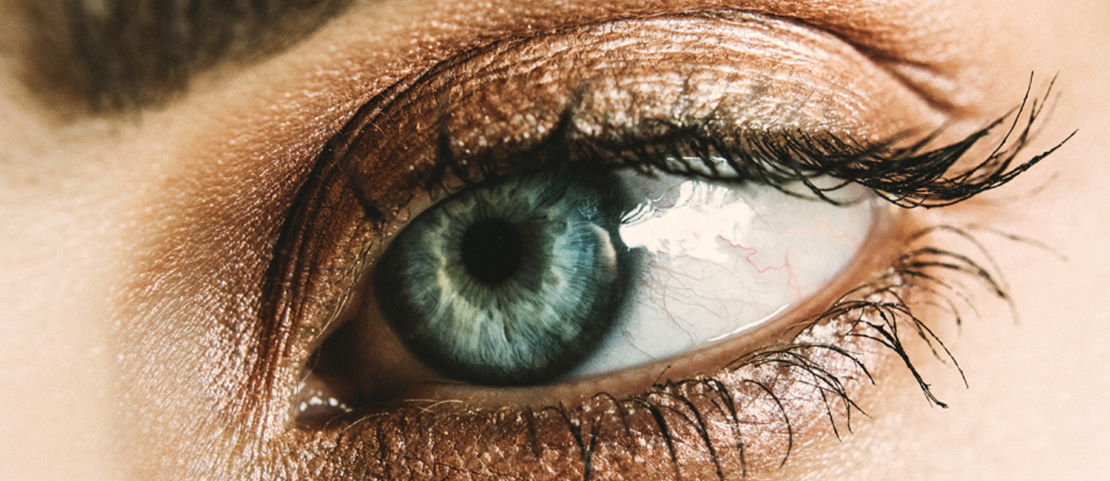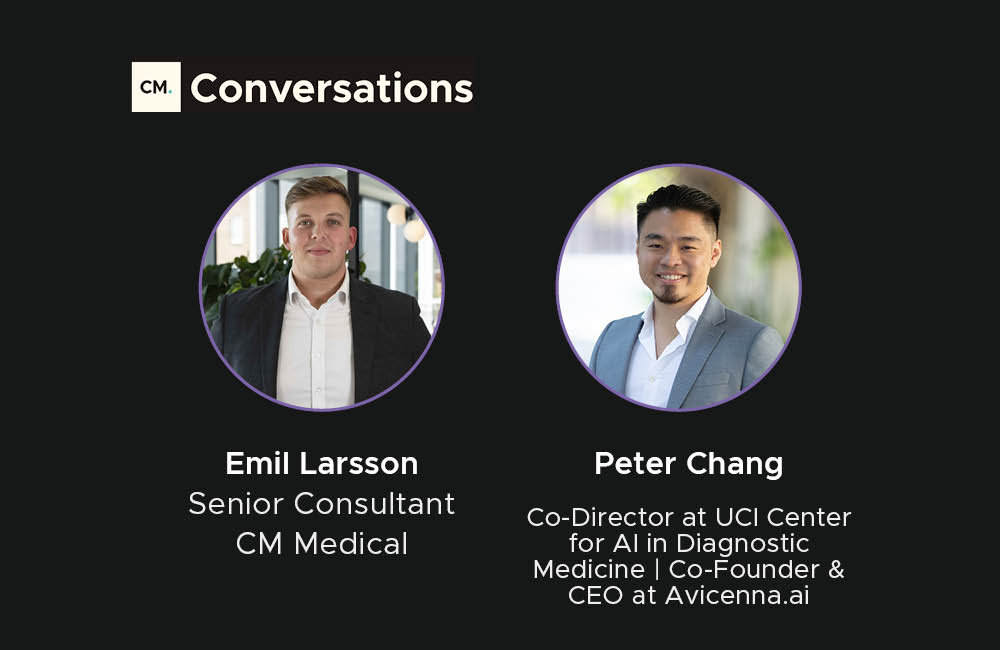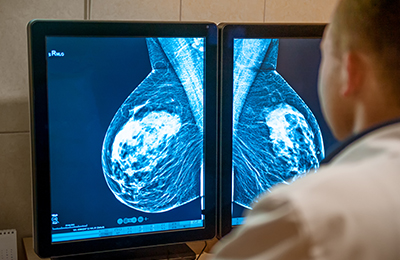

Artificial Intelligence Future-proofing Ophthalmology?
The definition of AI can mean different things. AI-equipped machines range from purely reactive ones like IBM’s Deep Blue, which famously beat international chess grandmaster Gary Kasparov in the 90’s, to the most advanced AI technology today which enables machines to teach themselves new skills by looking at, and processing, the world around them.
The latter is what the ophthalmic space has been getting excited about, where computers have been using artificial neural networks that replicate the human brain in order to take in, process and learn from information presented.
One of the biggest stories of 2018 came from that, when a study from Moorfield’s Eye Hospital was conducted in the UK, working with Google’s DeepMind project. After programming a computer with sophisticated algorithms, it was able to analyse OCT scans of the back of the eye.
Last year, the computer was shown a study of 1000 scans of patients who had already been identified as having disease, to see how it performed against leading human experts. The idea of the study was to try and identify the severity of disease in these cases and the computer performed well. It had just a 5.5% error rate and missed zero cases deemed as ‘urgent’. So the trial didn’t quite replicate a true clinical situation in that the computer wasn’t detecting disease in the first place, but it still acted as a fascinating demonstration of the capabilities of ophthalmic AI.
To get a better handle on the effect AI is having on the ophthalmic industry I spoke with Lon Dowell, CRA, Managing Partner for Ophthalmic Imaging and Data Consultants. He’s an expert in the space with over 25 years’ experience working for big names like Carl Zeiss, Topcon and Leica.
He felt that a major benefit of AI assisted or controlled diagnoses is the increased exposure patients can have to specialists and information that is currently difficult to access. Waiting lists are long, specialists are thin on the ground, and whilst some conditions are relatively common, their severity differs greatly.
Lon highlighted cataracts, age-related macular degeneration (AMD) and glaucoma as conditions that many people suffer from, particularly in developing countries where access to physicians and resources is scarce. Ophthalmic images can be taken at the point of care, with the pictures taken to a centralised AI-hub for analysis and recommendation. This means reduced access to human expertise doesn’t have to mean a missed diagnosis.
He said that innovation in the space will drive further competition and mentioned one company making waves, IDx, who made headlines last year when they received the first FDA approval for an AI ophthalmic device.
I reached out to IDx and spoke with their Vice President of OCT Solutions, JD McCullough. He’s a mechanical engineering graduate who joined the business 3 years ago and was instrumental in the development and subsequent approval of their IDx-DR software programme which received the FDA approval. The programme works with retinal cameras to diagnose diabetic retinopathy.
Many patients have gone blind as a result of diabetic retinotherapy purely because effective screening hasn’t taken place. Screening can be a laborious process though, often meaning that physicians aren’t able to use the full extent of their skills. JD mentioned that, in a well controlled diabetic population like the UK, over 90% of those being screened don’t have any problems which require further attention.
This means a huge proportion of a physician’s time is taken up with patients who don’t necessarily need to see them. This is where automated detection and monitoring software comes in. This software, like that offered by JD’s company, IDX, can carry out the screening for these common conditions, allowing physicians to utilise all their expertise working on more difficult cases that AI is unable to assist with (for the moment at least).
JD also mentioned another key benefit of AI: increased accessibility for patients. A reduction in waiting times and increase in accessibility means more people can be checked more regularly and debilitating conditions could be identified much earlier. JD mentioned that up to 50% of glaucoma patients are living with the condition without being aware they have it. That’s a statistic AI could, in theory, reduce.
So, what does the future hold for AI in ophthalmology? Will we see hundreds of new devices and software packages flooding the market? Whilst the tech is more prevalent and easier to access and utilise than ever, JD thinks not.
As someone who has just been through the process, he said that it’s not necessarily the development of the products that it difficult, it’s proving they are safe in real world care and fit into clinical workflow. So, whilst lots of brilliant ideas are currently in the works, getting them to the market and into the hands of physicians in day-to-day care is a different story.
Lon Dowell was also cautious when I asked him what the future held. He mentioned how important the extensive testing and validation process was for devices like these, particularly in difficult clinical scenarios. He did say that he foresees physician-guided robotics making the move into treatment within the next 5 years though. He mentioned the prospect of AI-enhanced surgical guidance as a ‘wonderful tool’ when tested and applied correctly.
Some have voiced concerns about the injection of AI into the ophthalmic space, fearing for their jobs and the de-personalisation of the field. However, AI is merely giving physicians more tools to better cope with the problems that accompany a rapidly aging and expanding population.
On the contrary to dehumanising the clinical process or diminishing the bond between physician and patient, it will enable doctors to dedicate their time to those who need it most. Hopefully this leads to a more efficient ophthalmic sector with less waiting times and better clinical outcomes for all.
If you’d like to learn more about these exciting companies or would like to tell me about your company, please email me at Becky.Rowlands@medical-cm.com.
For more content like this visit my consultant page.
Recommended.

What Does Consumer Neurotech Innovation Mean for the Medical Device Industry?
Integrating systems into the human brain to control our everyday devices may seem very ‘Black Mirror’, but thanks to modern neurotechnology it's quickly becoming reality. Click to find out more.

How to Master Reimbursement in Medical Devices & Biotech.
In this live webinar, hosted by CM Medical, we went in search of expert reimbursement advice - speaking to Deborah Rizzi and Steven Haken of Odelle Technology.

How to Stand Out in a Saturated AI & Medical Imaging Market.
We asked an expert at an innovative medical imaging start-up about how they had overcome this challenge. Click now and listen to what they said.

Comments.